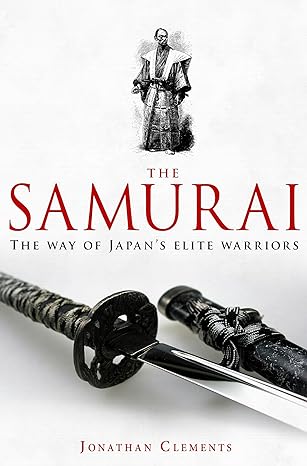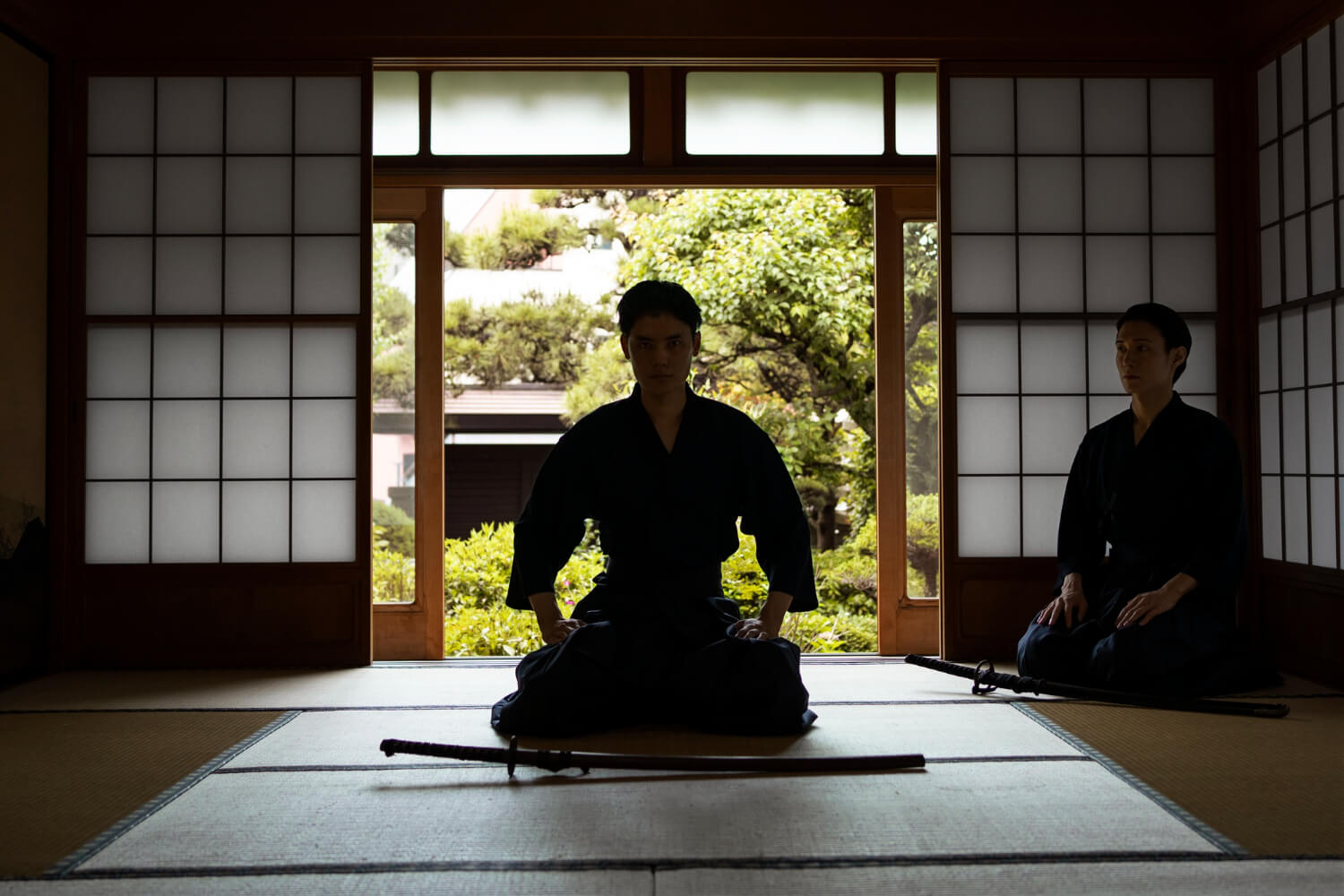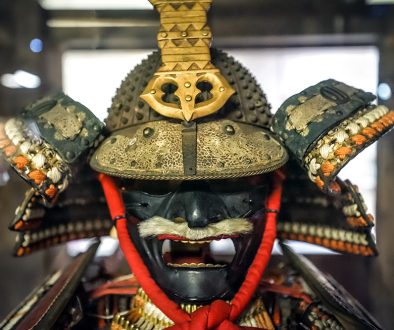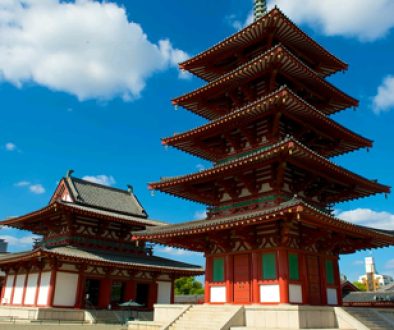Samurai Related Periods in Japanese History
Table of Period Contents
Japan’s Trans-formative Askura Period
The Asuka period (538-710 AD) in Japan laid the groundwork for many aspects of Japanese culture, religion, and politics that continued to evolve in the following centuries, especially up to and including the Edo period. Named after the Asuka region, where the imperial court was located, this period marked the transition from ancient Japan to a more structured and centralized society that could control its destiny on a country-wide scale.
Political Changes
During the Asuka period, significant political changes occurred, mainly influenced by interactions with the neighboring Chinese and Korean states. One of the most notable shifts was the centralization of power in the country. The Yamato clan, which grew later to become the Imperial family, began to consolidate power over other regional clans. This era saw the implementation of the Taika Reforms in 645 AD, which aimed to enhance the emperor’s authority and create a centralized, bureaucratic state modeled after the Chinese Tang dynasty, which undoubtedly impacted the political ambitions of many reformers. These reforms included establishing a new administrative structure, land redistribution, and introducing a formal tax system. The reforms marked the beginning of the ritsuryō system, a codified system of laws that would shape Japanese governance for centuries.

Religious and Cultural Changes
The introduction of Buddhism to Japan during the Asuka period profoundly impacted the cultural and religious landscape. Buddhism was officially introduced in 538 AD when King Seong of Baekje (a Korean kingdom) sent a statue of Buddha and Buddhist scriptures to the then-Japanese court in Asuka as an unconditional gift. Initially, there was resistance from conservative Shinto factions, but Buddhism gradually gained acceptance, especially among the ruling elite.
Impact of Buddhism
Buddhism brought with it religious teachings and significant cultural and intellectual influences. Temple infrastructure was built, the most famous being Hōryū-ji, one of the oldest wooden structures in the world. These temples became centers of learning and culture, promoting the arts, medicine, and philosophy, as well as the social growth of the community. Buddhist art flourished during this period, including sculpture, painting, and architecture. Introducing Buddhist rituals and ceremonies influenced Japanese culture deeply, integrating with and sometimes transforming existing Shinto practices.
Buddhism also legitimized the authority of the ruling class. The imperial family and other elites adopted Buddhism, which helped them consolidate power and establish a moral and ethical basis for governance that already had wide acceptance in the public sphere. The religion’s emphasis on moral conduct, compassion, and the afterlife provided a new spiritual framework that complemented the Shinto beliefs centered around nature worship and ancestor veneration.
Cultural Synthesis
The Asuka period was a time of cultural synthesis, during which indigenous Shinto beliefs and practices began to blend with Buddhist principles. This syncretism laid the foundation for Japan’s unique religious landscape, where Shinto and Buddhism coexisted and complemented each other.
Overall, the Asuka period was a pivotal era in Japanese history, marked by significant political centralization and profound cultural and religious transformations due to the introduction of Buddhism. These changes set the stage for the subsequent Nara period and the continued development of Japanese civilization.
Japan's Asuka Period in 6 Minutes
Japan’s Nara Period
During the Nara period (710-794 CE), Japan was characterized by an informal yet traditional system of law and government. Trade routes began to change this, bringing political and social ideas from China and Korea into Japan’s society.
Emperor Shomu and Empress Komyo were avid Buddhists who, with their influence, worked to strengthen Japanese institutions while introducing foreign ideas like written language, coinage, and centralized bureaucracy into Japan.
Political and Social Structure
Once Nara became Japan’s inaugural permanent capital and was designed after Chang’an in Tang China, Nara served as an incentive for the Japanese elite to adopt many Chinese practices, such as models of government, religion, and writing system, to improve society’s literacy.
At this time, the emperor and other nobles were avid Buddhists, and temples were built across Japan’s capital city to provide an atmosphere of harmony with nature living, which felt progressive at the time. Additionally, diplomatic missions were sent off to Tang China and other neighboring nations around the region from here, such as Korean kingdoms where the influence of Buddhism originated. Due to this, it was easy for both countries to communicate politically as their values were strongly aligned.
Over time, political chaos and competition among court nobility, combined with economic issues and the rise of powerful local lords, led to the decline of what was revolutionary at the time of its introduction and is known as the ritsuryō system.
The ritsuryō system, mainly established during the Asuka and Nara periods, was a set of administrative and penal codes modeled after the Chinese legal system. It aimed to centralize government control and standardize administration across a united Japan. Under ritsuryō, the emperor was the supreme ruler, and a bureaucratic government was established to manage various aspects of governance, including land distribution, tax collection, and legal matters. This was just the start of a road to unhappiness for many basic working and land-owning people.

Formerly public land (known as Kochi Komin) was transferred into private hands and converted to shoen (private, tax-exempt estates) property ownership by wealthy families; peasants could not find gainful employment and sustain themselves.
This period saw the use of “man’yogana,” an early writing system using Chinese characters to represent phonetic sounds from the Japanese language. Over time, this developed into the modern Japanese alphabet styles of hiragana and katakana.

By the end of the Nara period, the capital moved to Heian-kyo (Kyoto), signaling a change in government. Nara had fallen from grace as the main capital during this transitional phase, and then Heijokyo became the focal point of a system that promoted the Emperor’s supremacy over others.
Nara still went on to serve as a cultural hub, compiling such works as Kojiki and Nihon Shoki – Japan’s initial national histories; Man’yoshu (an anthology of poems); and fudoki gazetteers that described local customs and topography. Trade links across Asia and Korea via the Silk Road helped boost an already flourishing economy.
Military Organization and Early Warrior Classes
Amid this backdrop, the foundations for Japan’s warrior class began to form. The Ikko-ikki, religious fundamentalist warrior monks, emerged from local villages, farmers, and monks, fiercely fighting for their faith. These warrior monks shared tactics and strategies with the later samurai and passed on their ruthlessness and discipline. This period also saw the early traits of the ninja, influenced by the alternative lifestyles and teachings of these warrior monks.
As the Nara period ended and the capital moved to Heian-kyo (Kyoto), the groundwork for the samurai class’s formalization under the Kamakura Shogunate was laid. The warrior class evolved from these early military organizations and religious warriors, leading to the highly structured and influential samurai class that would dominate Japan in the subsequent centuries.
The Kamakura Shogunate’s legacy included the formalization of the highly structured warrior class, the Samurai. This development occurred due to external pressures, changes in society and politics, and the emergence of monk warriors.
Cultural and Religious Influences on Warrior Culture
The very start of Bushido, the samurai code, can be traced back to the early influences of Confucianism, Buddhism, and Shinto during Japan’s classical and early medieval periods. Initially, the samurai were influenced by Confucianism’s ethical and moral teachings, which emphasized loyalty, filial piety, and the importance of social harmony.
Their code of ethics, Bushido (“Way of the Warrior”), focused on loyalty, martial arts mastery, and honour unto death. This gave warriors tremendous moral and ethical strength on and off the battlefield and made them influential leaders themselves.
Samurai soldiers’ devotion to Buddhism was instrumental to their success, with monks providing spiritual guidance and teachings that shaped their martial spirit and worldview. The Buddhist philosophy of karma and reincarnation also influenced their understanding of life and death.
Samurai warriors studied literature and art alongside their military training. Their impressive swordsmanship and beautiful armor showcased their skill and dedication, while their strong sense of morality, honor, and self-discipline became foundational values in Japan.
Legacy of the Nara Period on Samurai Development
The Nara period marked a critical juncture in Japanese history. Beginning with Empress Genmei’s migration of her capital from Fujiwara-kyo (now Fujiwara-cho) to Heijo-kyo (modern Nara) in 710 CE, Nara served as the seat of Japanese civilization until Emperor Kanmu moved it to Heian-kyo (now Kyoto) in 794 CE, marking the beginning of the Heian period.
The foundations of Japanese cultural and political structures were established during the Nara period. Both intellectually and culturally, great strides were taken forward: for instance, written works such as Kojiki (Records of Ancient Matters) and Nihon Shoki (Chronicles of Japan) were produced, and Buddhism became more deeply integrated into the state.
Nara was an impressive city with architecture and civic buildings influenced by Chang’an, Tang’s capital in China. It featured a regular grid layout and was surrounded by an impressive palace-temple complex. It also housed an academic university and many civil servants working within its court system.
Trading was integral to Nara life, with strong Chinese influences evident throughout its culture and architecture. Many items in Todaiji temple’s collection of treasures, including cloisonne, pottery, and metalwork, reflect Chinese influence. During the Nara period, Japan sent kentoshi (envoys) to Tang China, marking an essential phase in their relationship and setting the scene for future interactions. Additionally, during the Nara period, Japan’s first chronicles were formally recognized as documents of state record, meaning from then on, those and future chronicles would be protected and stored.



